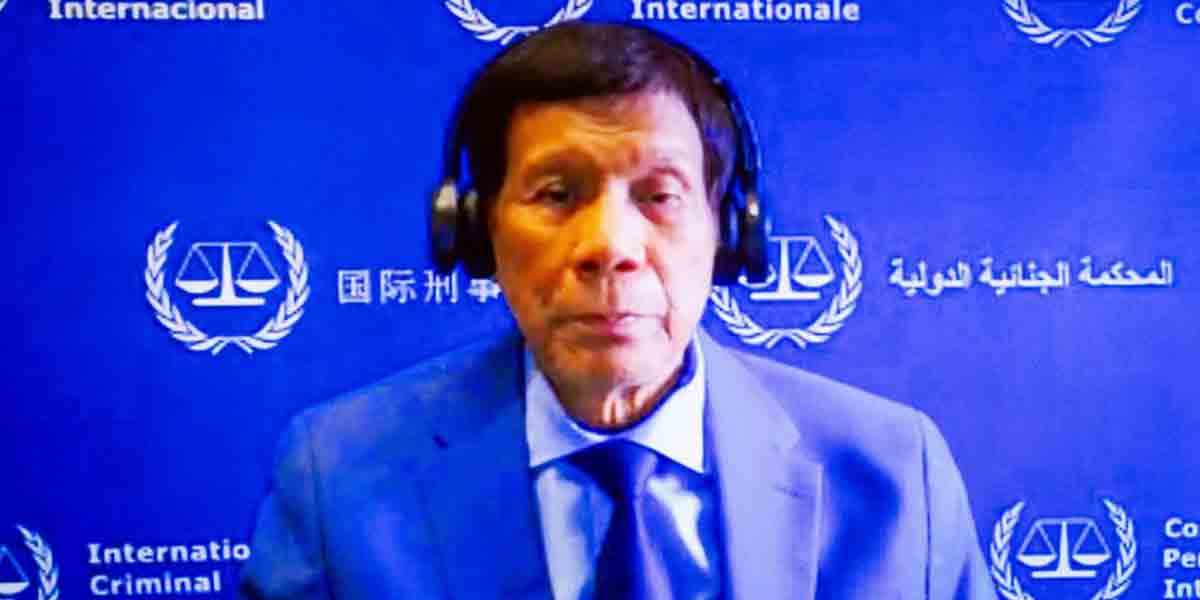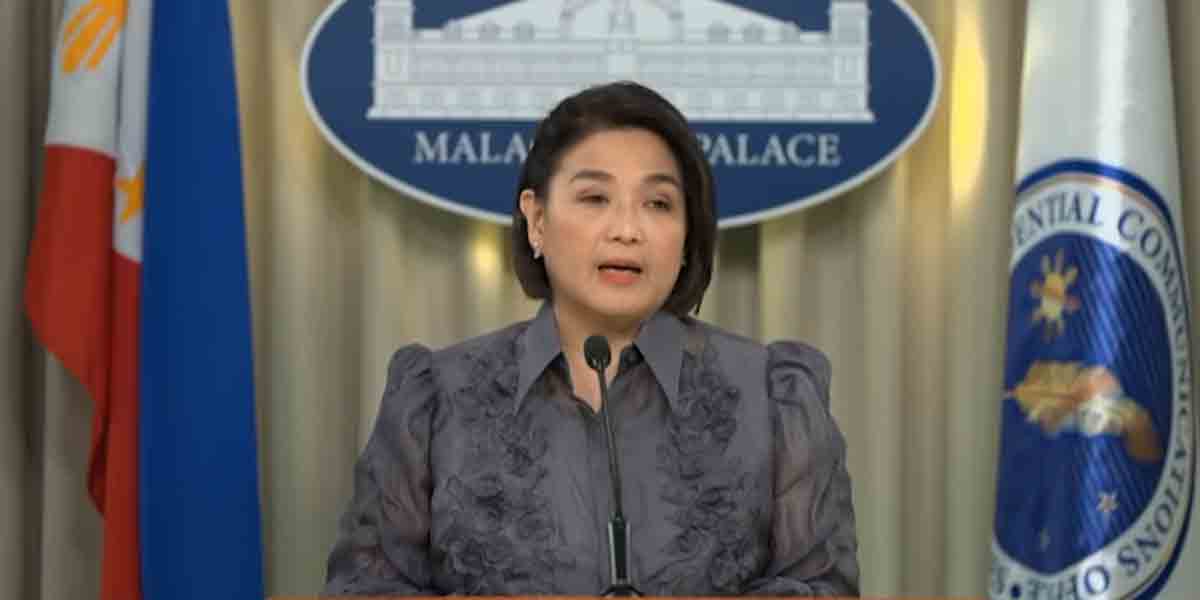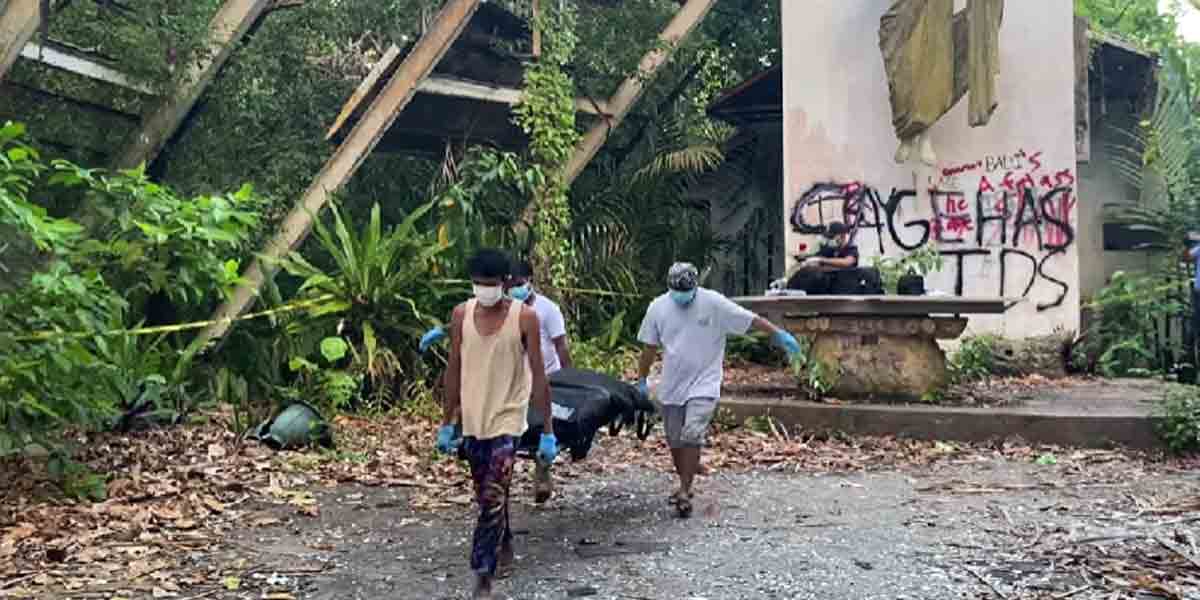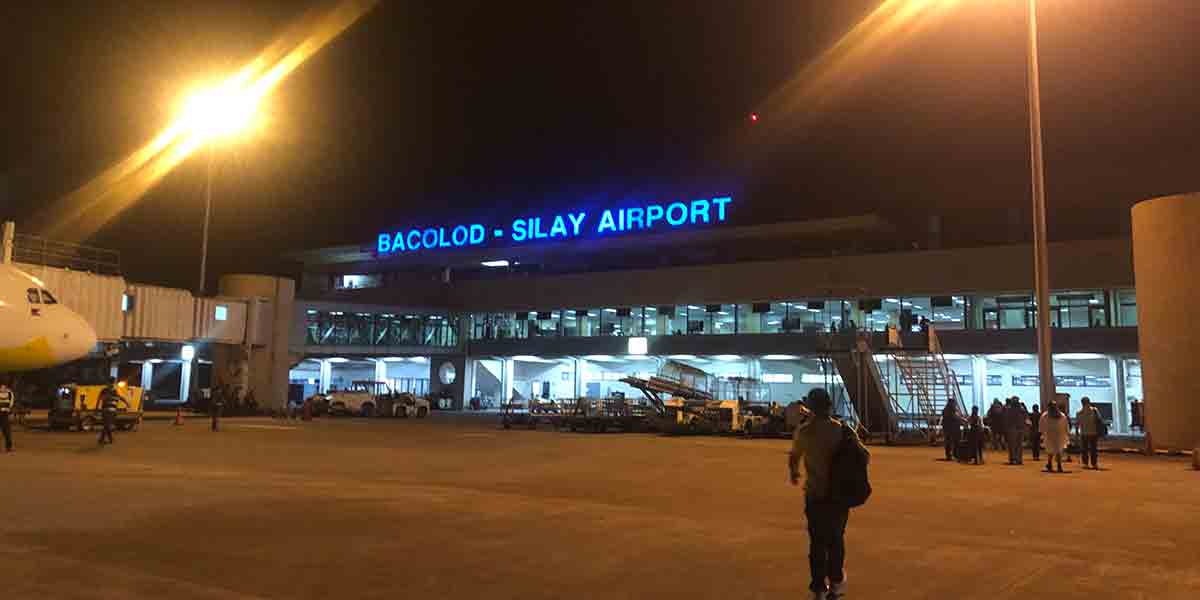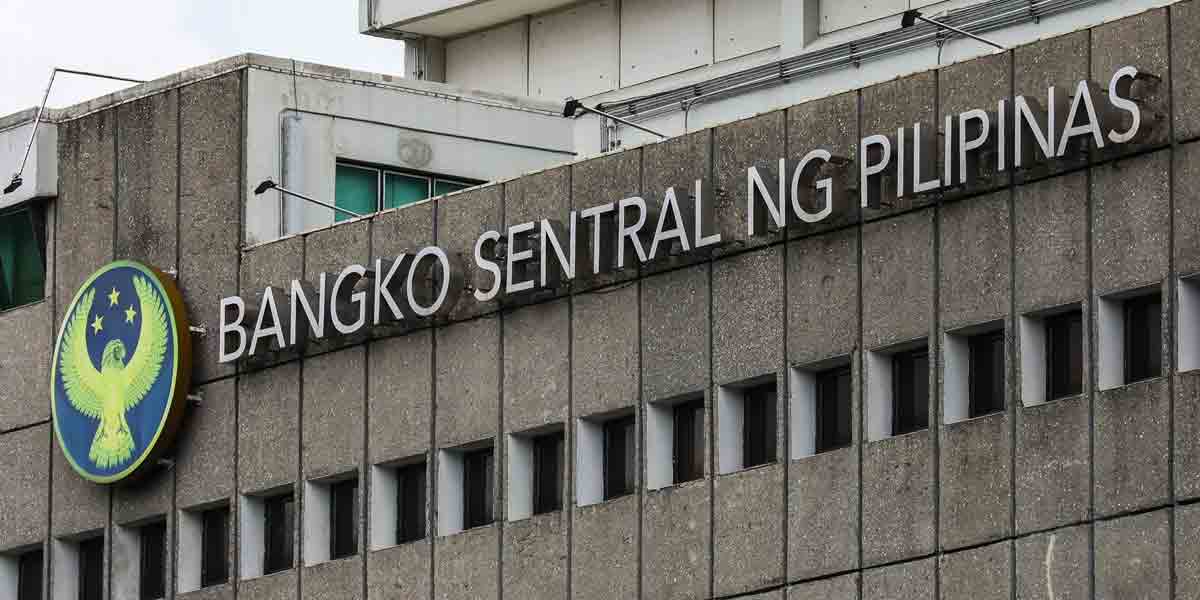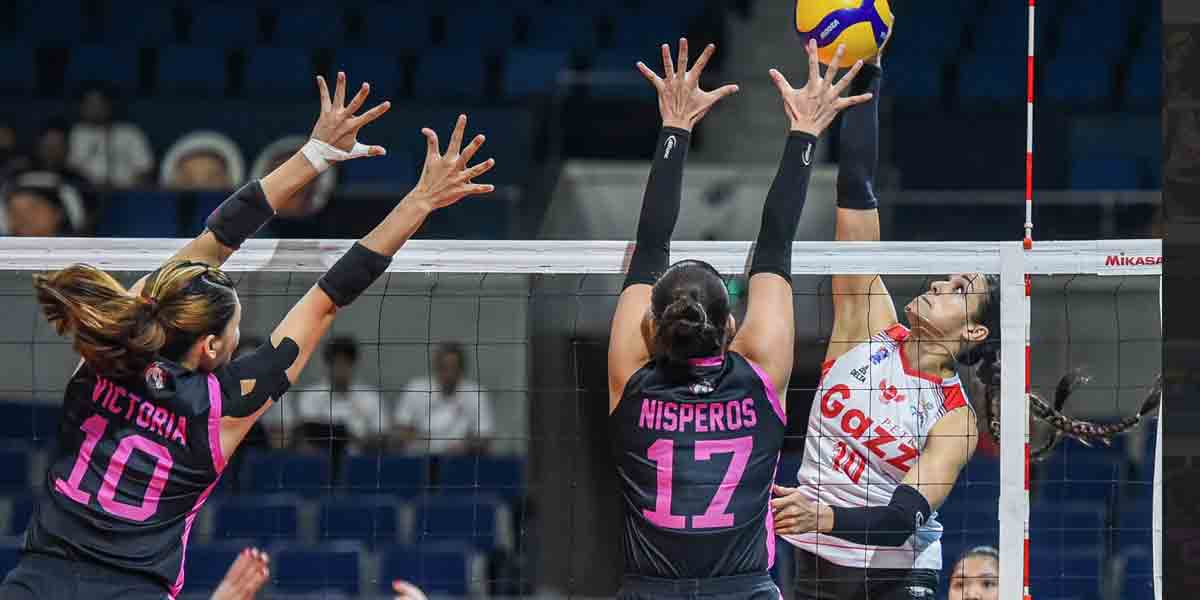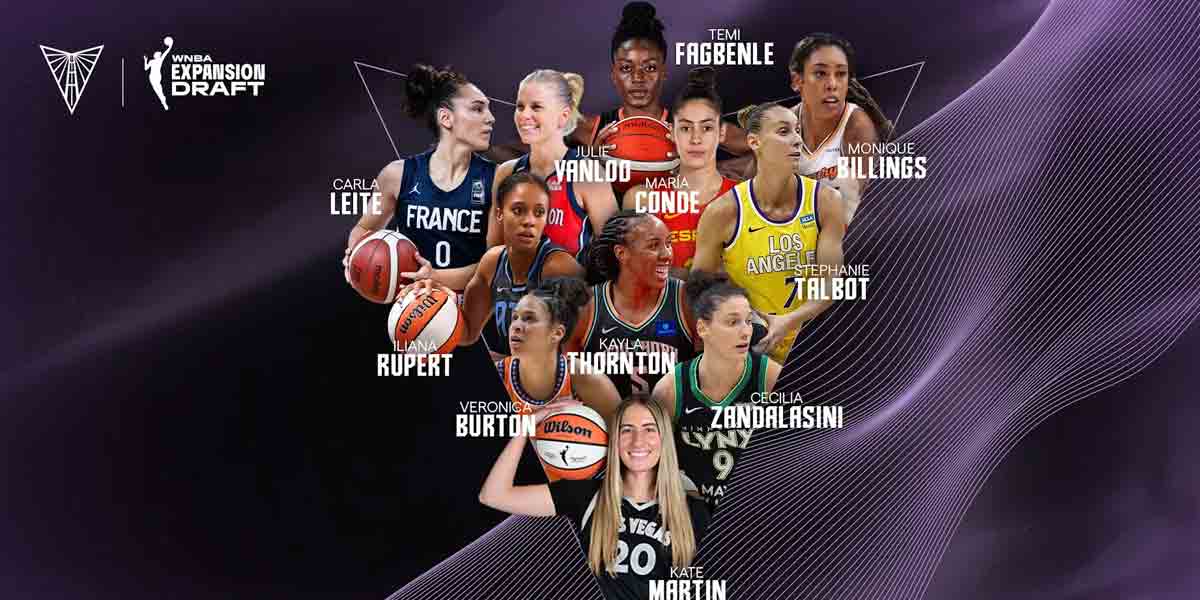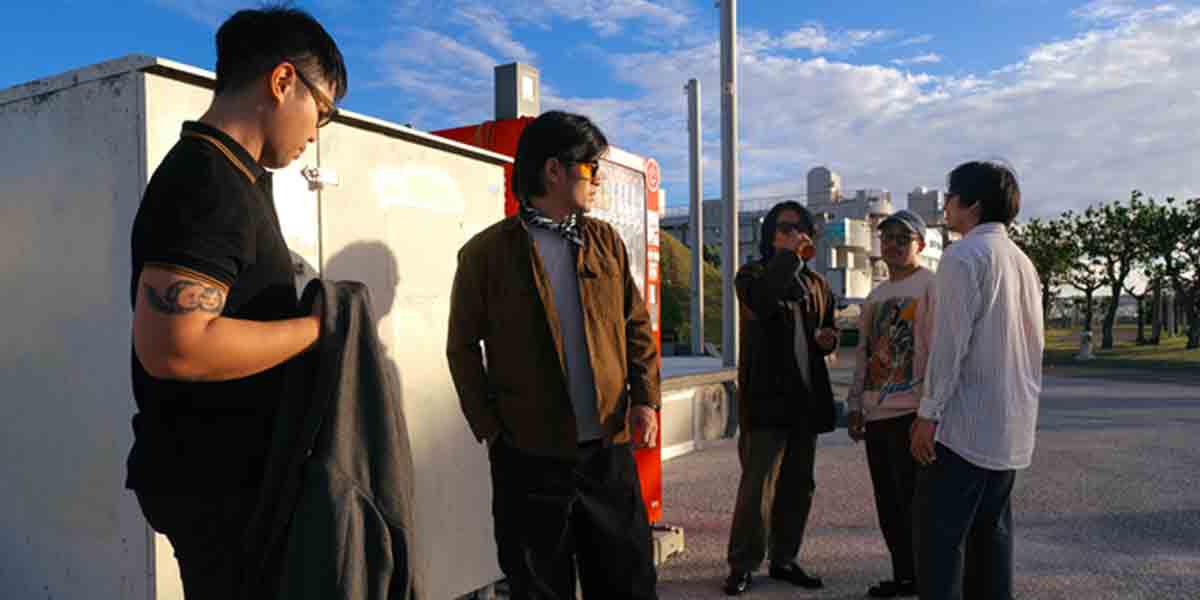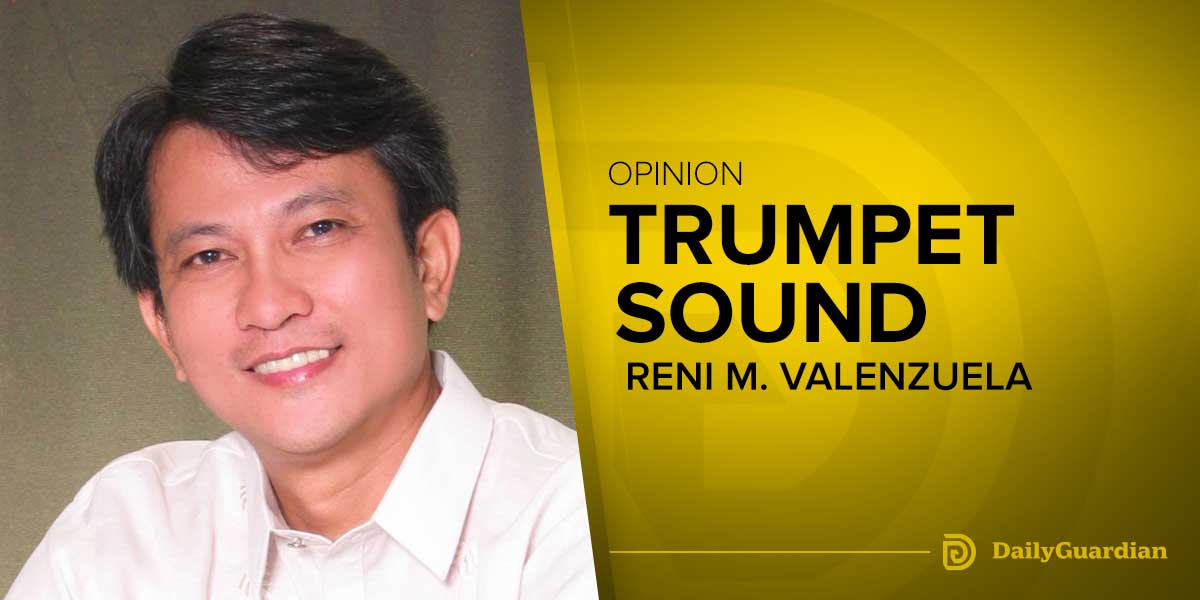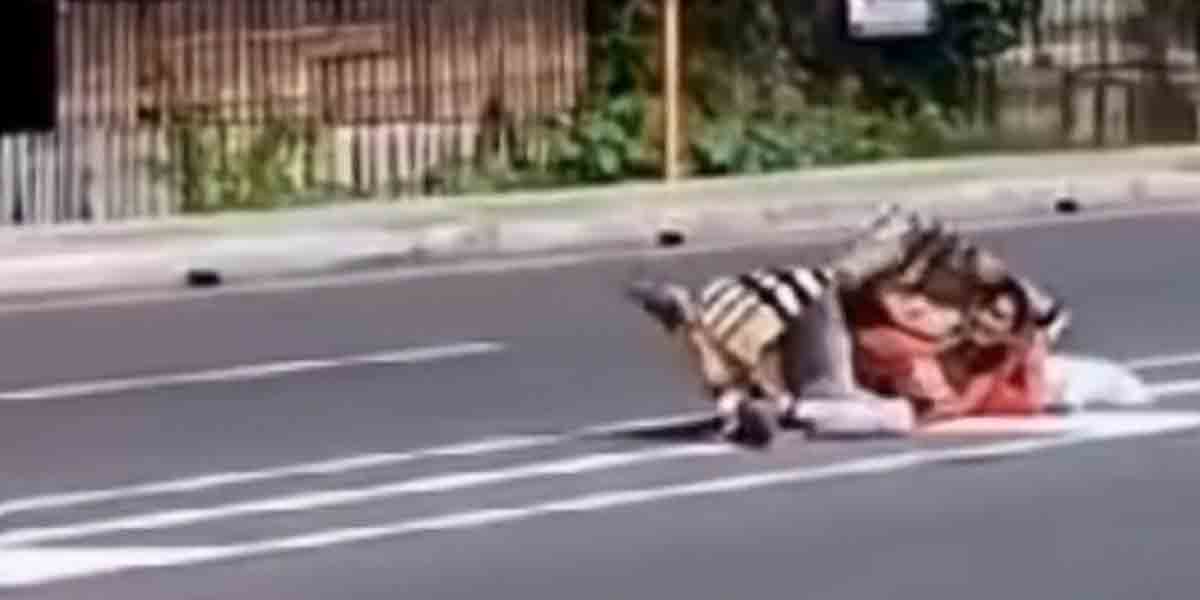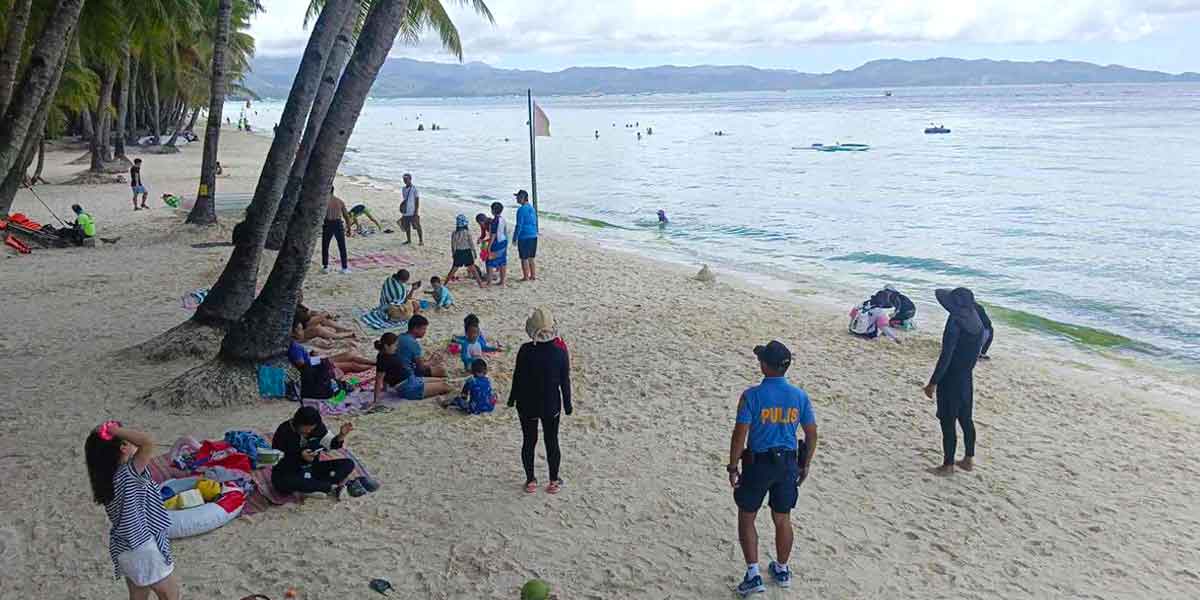By James Jimenez
A long time and another lifetime ago, I – like every other law student – used to write case digests as a way of studying jurisprudence in law school. For those who are wondering, a case digest is a concise summary of a court decision (usually the Supreme Court) that highlights its essential aspects, making it easier to understand and reference.
Digest writers condense the case into its most important elements, laying out the relevant facts, the legal issues raised, the court’s ruling, and – most importantly – the reasoning behind the decision, also known as the ratio decidendi. The digest provides a quick overview of the case without requiring the reader to go through the entire court judgment, which can often be meandering and complex – the arch-enemies of chronically sleep-deprived law students. As such, it has become the go-to tool of the aforementioned law students, as well as lawyers and researchers, to study legal principles, analyze judicial reasoning and trends, as well as to prepare for discussions on how the law will apply to any given situation.
Take the case of St. Anthony College of Roxas City v. the Commission on Elections, for instance. The decision of the Supreme Court on this 2022 case comes on the heels of another, equally precedent-setting decision – the Diocese of Bacolod v. the Commission on Elections – and brings clarity to a perplexing question that has long hounded the election management body: what to do with election propaganda displayed by private individuals, not connected with the campaigns. And since there is hardly enough space in this column to go into a lengthy discussion of the case, I thought a digest would be the way to go.
THE FACTS
The St. Anthony College of Roxas City, Inc. (SACRC) and other private individuals were the owners and co-owners of tarpaulins, posters, murals, and other materials displayed on their premises, expressing support and soliciting votes for a specific candidate in the 2022 elections. When these materials were ordered taken down by the COMELEC, the petitioners challenged the order and certain provisions of COMELEC Resolution No. 10730, which imposed size restrictions on election propaganda. Incidentally, these size restrictions were based on the provisions of Republic Act 9006 – the Fair Elections Law. SACRC argued that these limitations, which effectively outlawed campaign materials larger than 2ft by 3ft in size, infringed upon their constitutional right to free speech, particularly concerning expressions made by private individuals on private property.
THE ISSUE
At issue was whether the size restrictions on election propaganda, as stipulated in COMELEC Resolution No. 10730, violated the constitutional right to freedom of expression of private individuals.
RULING
The Supreme Court ruled in favor of SACRC, declaring the contested provisions of COMELEC Resolution No. 10730 unconstitutional.
The Court emphasized that the regulation of election paraphernalia must adhere to a four-fold test to be valid: first, the regulation must be provided by law, thus standing on a solid legal basis. Second, the regulation must also pass the test of reasonableness. Third, according to the court, the regulation must be narrowly tailored to achieve the objective of enhancing the opportunity for all candidates to be heard, while also considering the primacy of every individual’s right of free expression; and fourth, that the regulation must demonstrably be the least restrictive means of achieving its objective.
In this case, however, the Court ruled that Sections 3 and 9, Republic Act No. 9006, as well as the implementing rules and regulations issued by the COMELEC, applied only to candidates and political parties. Thus, while the posters and tarps subject of the dispute did, in fact, seek and promote the election of a candidate, they were not produced or displayed “by or on behalf of and in coordination with candidates and political parties.” Instead, and this was an undisputed fact, they were the result of privately-funded and privately-run initiatives and were displayed willingly by their owners on their own private property.
According to the Court, because RA 9006 only permits the COMELEC to regulate the election propaganda owned by candidates and political parties, it does not allow the election management body to regulate the political speech of private persons on private property, placing the privately produced and owned campaign materials displayed by SACRC, beyond the scope of Sections 3 and 9, Republic Act No. 9006 – and consequently, out of reach of the COMELEC’s regulatory powers.
The Court emphasized that it “has always protected political speech as one of the most important expressions guaranteed by the Constitution, and freedom of speech and expression is at the core of civil liberties and must be protected at all costs for the sake of democracy.” While acknowledging “the zeal and dedication with which the COMELEC performs its duties and fulfills its mandate to ensure free and fair elections,” the Court stressed that “the best intentions cannot justify impermissible infringements on constitutional rights.”

